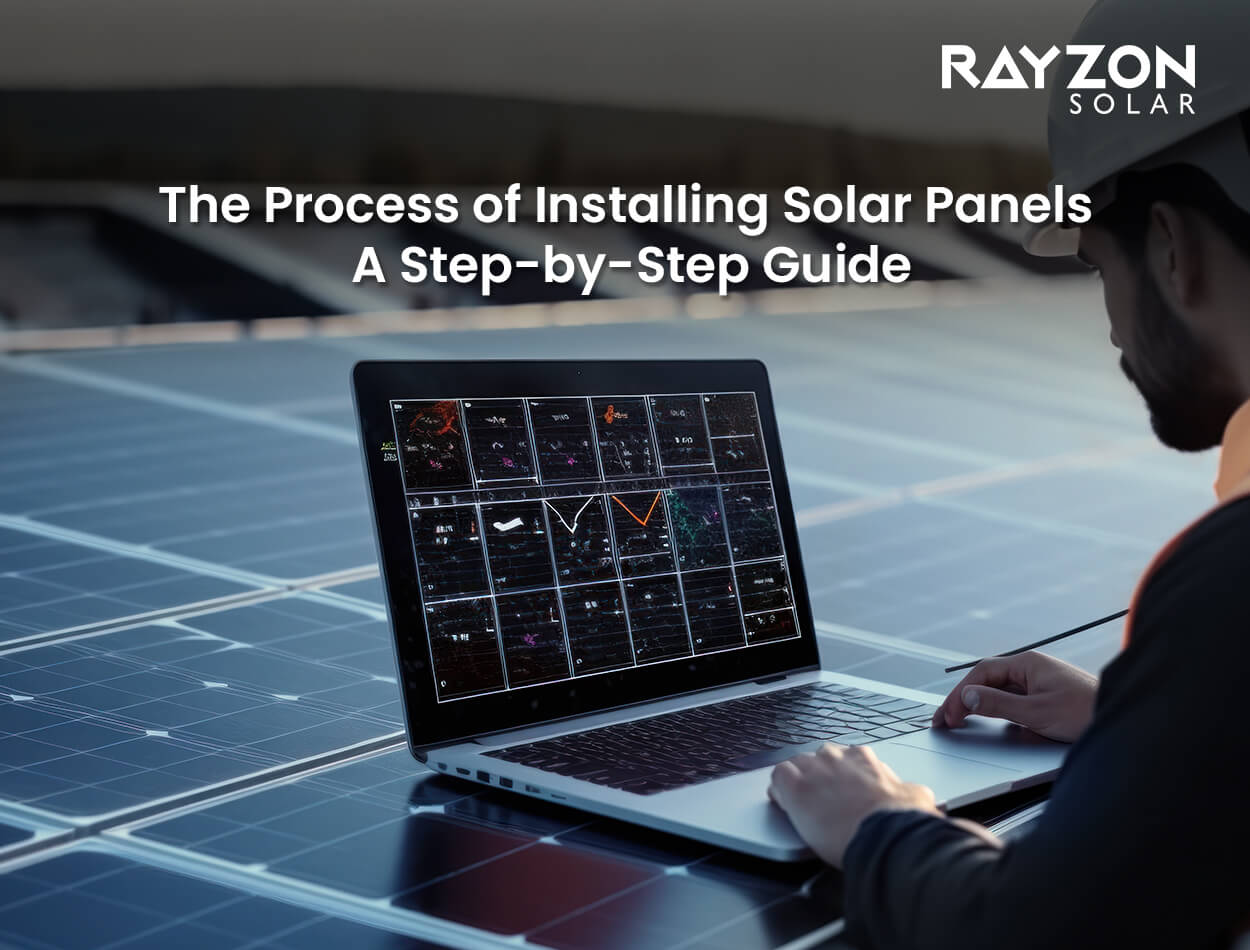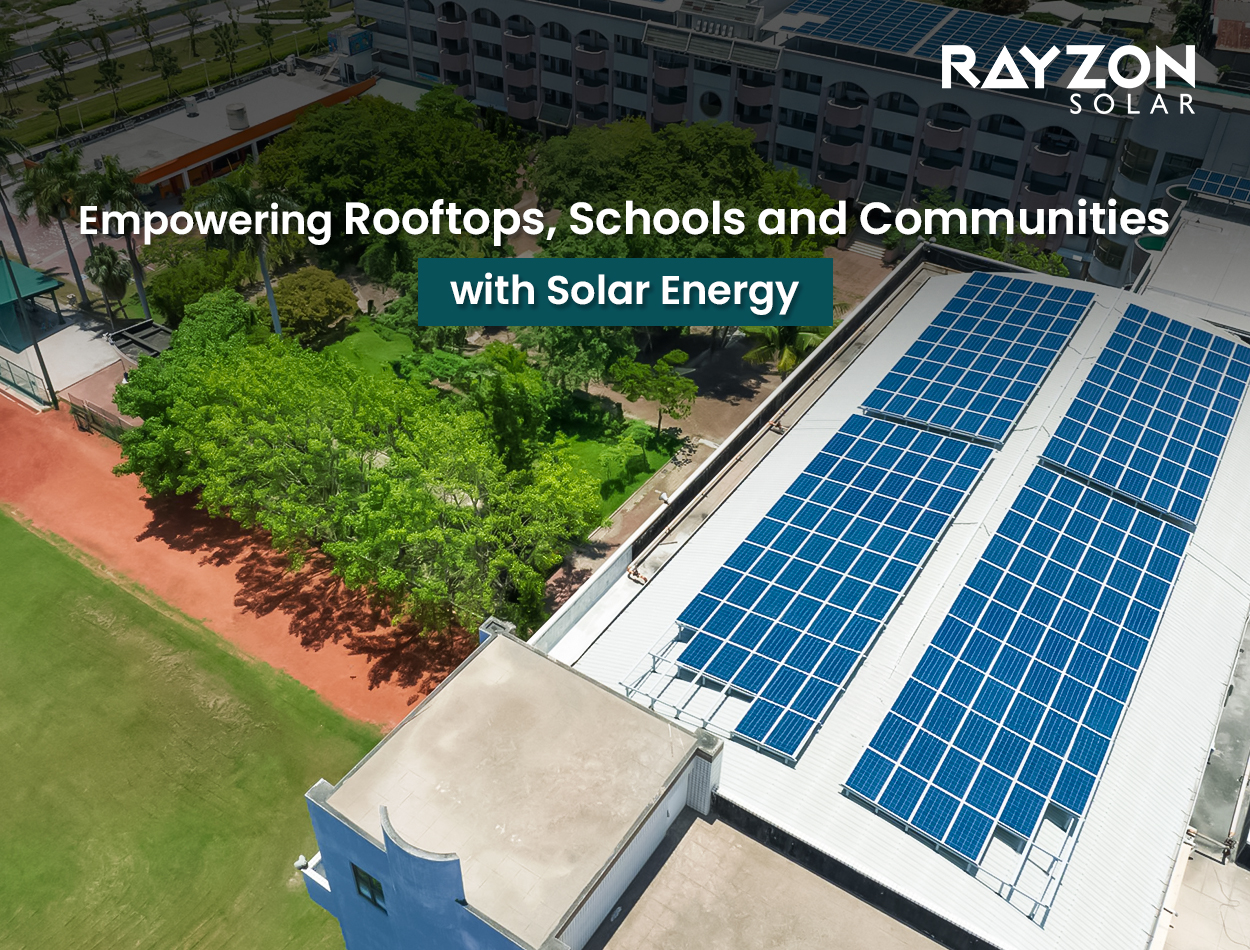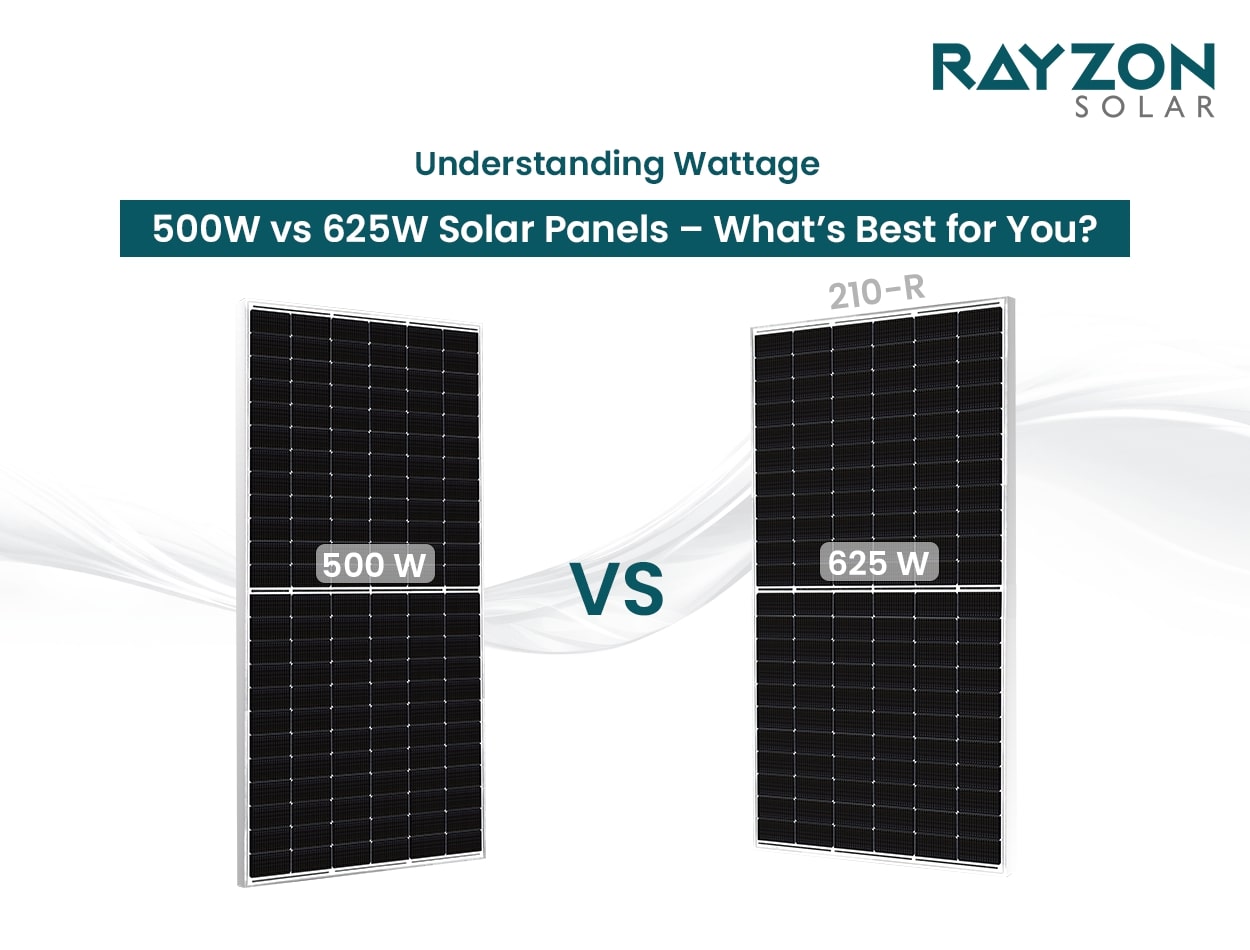
The Process of Installing Solar Panels: A Step-by-Step Guide
the installation of solar panels has emerged as a popular solution for individuals and businesses seeking to reduce their carbon footprint and lower energy costs. Harnessing the power of the sun to generate clean and renewable energy offers numerous benefits, making solar panel installation an attractive option for sustainable living. However, for those new to the process, the prospect of installing solar panels may seem daunting. Fear not! In this comprehensive guide, we'll walk you through the step-by-step process of installing solar panels, providing you with the knowledge and confidence to embark on your solar journey.
Understanding Solar Energy
Before delving into the installation process, it's essential to understand the basics of solar energy. Solar energy is derived from the sun's radiation and can be captured using photovoltaic (PV) panels, which convert sunlight into electricity. Unlike fossil fuels, which emit greenhouse gases and contribute to climate change, solar energy is clean, renewable, and abundant. By harnessing solar power, individuals and businesses can reduce their reliance on non-renewable energy sources and contribute to a more sustainable future.
Step 1: Assess Your Electricity Consumption
The first step in the solar panel installation process is to assess your electricity consumption. Review your electricity bills to determine your average monthly usage in kilowatt-hours (kWh). This information will help you determine the size of the solar energy system needed to meet your specific energy needs. Keep in mind that the size of your solar panel system will depend on factors such as your energy consumption patterns, available roof space, and budget.
Step 2: Choose the Right Solar Panel Model and Installation Company
Selecting the right solar panel model and installation company is crucial for a successful solar panel installation. Begin by researching reputable solar panel manufacturers and installation companies in your area. Look for companies like Rayzon Solar that offer high-quality panels, reliable installation services, and excellent customer support. Consider factors such as product quality, warranties, pricing, and customer reviews when making your decision.
Read More:- Illuminate Your Home: A Comprehensive Guide To Choosing The Best Solar Panels With Rayzon Solar!
Step 3: Conduct a Technical and Feasibility Study
Before proceeding with the installation, it's essential to conduct a technical and feasibility study of your property. This study will assess factors such as roof orientation, shading, and structural integrity to determine the ideal location and size of your solar panel system. Additionally, consider your energy consumption patterns, local solar radiation levels, and available incentives or rebates when planning your installation.
Step 4: Calculate Your Budget
Once you have determined the size and specifications of your solar panel system, it's time to calculate your budget. Consider all costs associated with the installation, including equipment, labor, permits, warranties, and ongoing maintenance. Explore financing options, incentives, and tax credits available in your area to maximize your savings and make solar energy more affordable.
Step 5: Assess Access to the Electricity Grid
Evaluate the conditions for integrating your solar panel system with the existing electricity grid. Determine whether your property is suitable for an on-grid or off-grid system based on factors such as grid availability, energy storage requirements, and local regulations. Consult with your utility company to understand the process for connecting your system to the grid and any requirements or restrictions that may apply.
Read More:- Solar Energy and Energy Storage: A Comprehensive Guide By Rayzon Solar
Step 6: Obtain Permits and Approvals
Before proceeding with the installation, it's essential to obtain the necessary permits and approvals from local authorities. This may include building permits, electrical permits, zoning approvals, and approval from your utility company for grid connection. Working with experienced solar installers can streamline this process and ensure compliance with regulatory requirements.
Step 7: Design Your Solar Panel System
Once permits are secured, work with your chosen installation company to design your solar panel system. This involves determining the optimal placement of solar panels, selecting mounting hardware, and creating the electrical wiring layout. Consider factors such as roof orientation, shading, and aesthetic considerations when designing your system to maximize energy production and efficiency.
Step 8: Install Solar Panels and Inverter
Once the design is finalized, the installation process can begin. Professional installers will mount the solar panels on your roof or ground-mounted structure, ensuring secure attachment and proper alignment for maximum sunlight exposure. The solar inverter, which converts DC electricity generated by the panels into usable AC electricity, will also be installed and connected to your electrical system.
Read More:- Understanding Solar Inverters: Types, Uses, Advantages and Disadvantages
Step 9: Connect to the Electricity Grid (for On-grid Systems)
If you're installing an on-grid solar panel system, the final step is to connect your system to the electricity grid. This involves coordinating with your utility company to install a bi-directional meter that measures both energy consumption from the grid and excess energy fed back into the grid from your solar panels. Once connected, you can start generating clean, renewable energy and potentially earn credits for any excess energy produced.
Step 10: Test and Commission Your Solar Panel System
Once installation is complete, your solar panel system will undergo testing and commissioning to ensure proper functioning and performance. This includes testing electrical connections, verifying system output, and conducting safety checks. Rayzon Solar Professional installers will guide you through this process and address any issues that may arise to ensure your system is operating efficiently and safely.
Conclusion
The installation of solar panels offers a sustainable and cost-effective solution for individuals and businesses looking to reduce their environmental impact and energy costs. By following the step-by-step guide outlined above and partnering with reputable solar company Rayzon Solar, you can embark on your solar journey with confidence and peace of mind. Embrace the power of the sun and take the first step towards a brighter, greener future for generations to come.
You Can Also Read:- The Top 3 Things to Look for in Solar Panels



